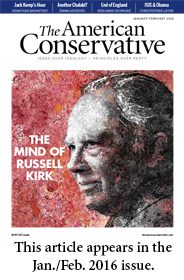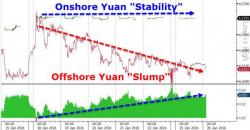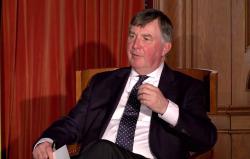Power Politics

If politics makes for strange bedfellows, few issues make for more peculiar sleeping arrangements than that of distributed energy. There aren’t many others that put former Republican congressman (and son of “Mr. Conservative” himself) Barry Goldwater Jr. on the same side as the Sierra Club. But when it comes to efforts by electrical utilities to add special fees for homes that use rooftop solar, Goldwater sees his opposition as the truly conservative stance.


